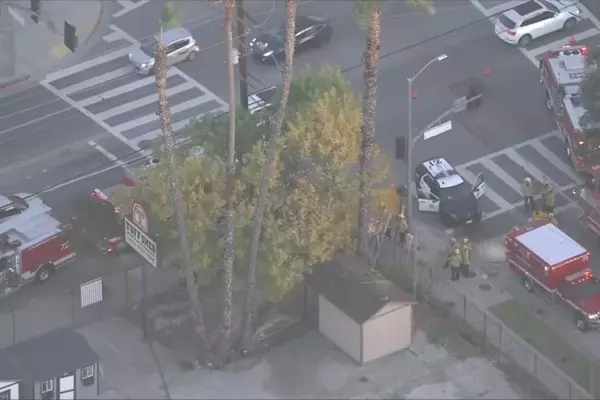THE SNP look set to benefit from the rise of Reform at next year’s Holyrood elections, Professor John Curtice has said.
The polling expert predicted that John Swinney’s party were “likely” to form the bulk of a pro-independence majority in the next Scottish Parliament – thanks largely to Unionist voters switching to Nigel Farage’s party.
Curtice’s comments came after a new poll for The National, conducted by Find Out Now , suggested that the SNP would win 33% of the constituency vote at the 2026 elections. Reform polled in second on 19%, followed by Labour on 14%, the LibDems on 11%, and the Tories and Greens tied on 10%.
The University of Strathclyde professor said that the SNP’s final seat tally would be “entirely dependent” on how well they could do in the first-past-the-post constituency ballots.
He added that the SNP faced a “risk” of losing support in areas where they were strongest in 2021, noting that is “what happened in 2024”.
“That could reduce its tally a bit – though equally, they are so far ahead of everyone else it may not matter,” Curtice added.
On the overall figures, he said that Swinney’s SNP look “set to be the beneficiaries of the rise of Reform in next year's Holyrood election”.
“The party's support is barely any higher now than it was last summer, when it suffered a severe drubbing at the hands of Scottish Labour,” Curtice said. “However, just 2% of those who voted for the SNP last year have switched to Reform.
“In contrast, no less than one in five (20%) of those who backed Labour last year are now backing Reform – as are one in three (33%) Tories, and one in eight Liberal Democrats (13%).
“As a result, the SNP are likely to win the lion's share of the first-past-the-post seats and, together with the Greens, thereby secure another pro-independence majority.”
However, the polling expert said that the Holyrood voting system could see a pro-independence majority of MSPs returned “even though support for pro-independence parties on the list vote (on which some in the independence movement want to set their stall) might be no higher than 45%”.
Alba Party leader Kenny MacAskill is among the Yes-supporting voices to back the idea of using the regional list vote in 2026 as a de-facto referendum.
The proposal is also supported by some in the SNP grassroots, who have tabled an amendment to Swinney’s independence plans to be debated at conference saying that a “mandate must … be linked to more than 50% of voters supporting the SNP, or other political parties and independent candidates … on the regional list”.
On the list vote of the Find Out Now poll, the SNP polled at 25% and Reform UK on 16%. Labour polled at 15%, while the Tories were on 11%, and the LibDems 9%.
The Greens polled at 15%, and Alba at 5%, putting the combined vote for Yes-supporting parties at 45%.

However, Curtice said that the phrasing of the question – “Thinking about your second (regional or party) vote for the Scottish Parliament, which party list would you vote for?” – may have skewed the numbers, but not necessarily on the Yes/No divide.
Instead, he said that SNP supporters may have been pushed to select their second choice, rather than the party they would back on the regional list in practice.
The Holyrood elections – which will run concurrently with the Senedd elections next May – may prove a crunch test for Prime Minister Keir Starmer, who is suffering plummeting popularity and ailing polling fortunes.
Polling has suggested that Labour could lost control of the Welsh government for the first time, which Curtice previously said would be Starmer's biggest test.
The Find Out Now poll surveyed 1282 Scottish adults from September 15-21.







